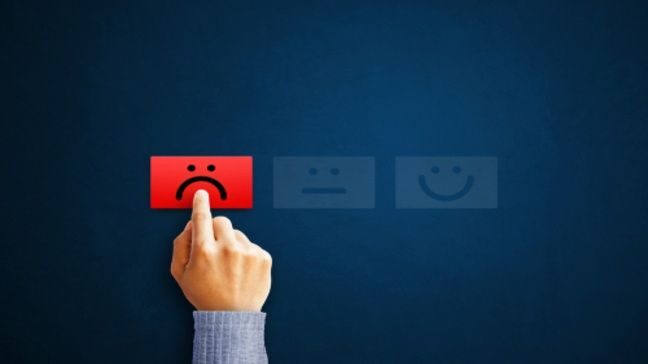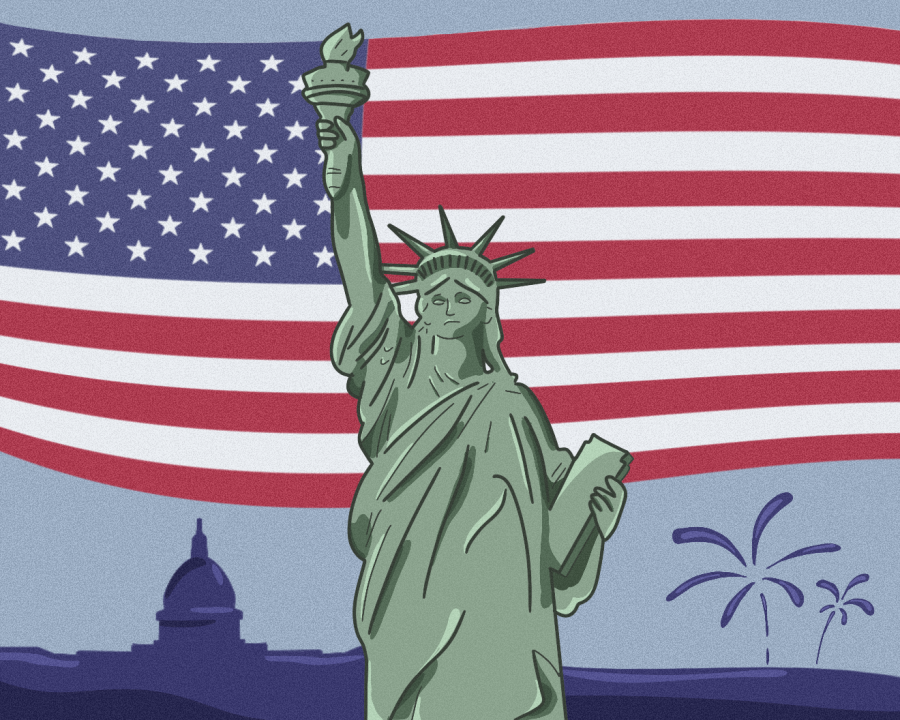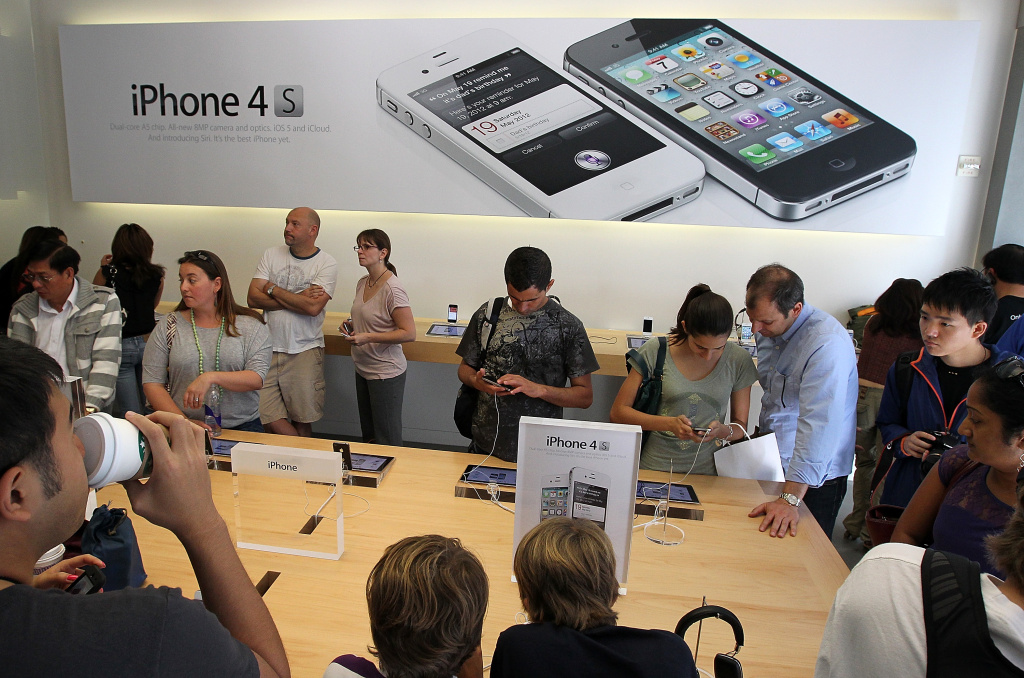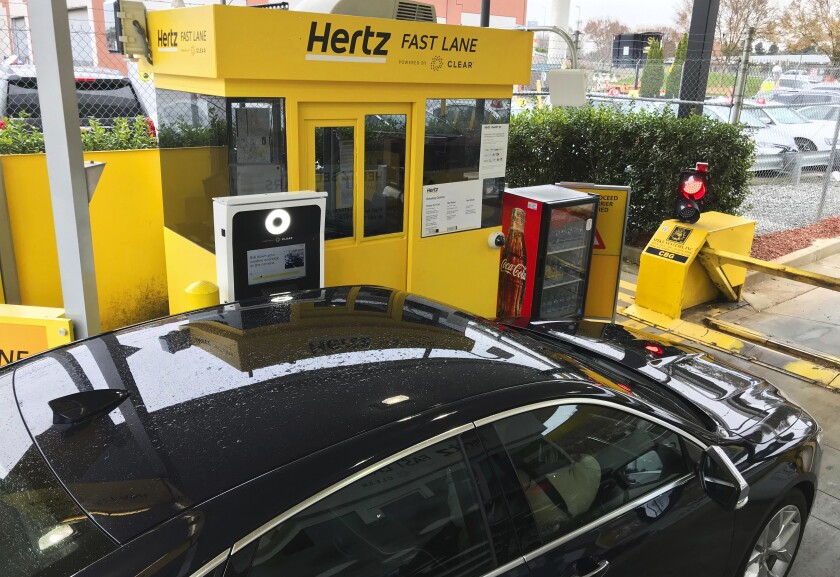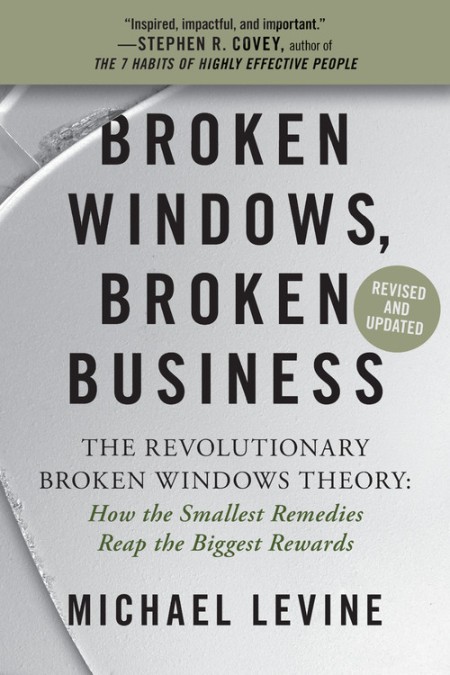Category: BWBB
Avoid These Phrases in Customer Service: A Guide to Better Communication
When it comes to customer service, the way you communicate can have a significant impact on the outcome. Certain expressions and behaviors should be avoided to ensure a positive customer experience. In this instructional article, we will explore some sentences you should never say to your customers. Pay close attention and improve your customer service ...
Chasing the American Dream: Elevating the Standard of American Business
Today, as we celebrate Independence Day, let’s take a moment to reflect on the things that make America great: our robust democracy, our melting pot of cultures, and our relentless pursuit of the American Dream. Yet, as we strive for prosperity and innovation, it’s crucial to address a growing concern— the declining standard of service ...
Learning from the Best: Drawing Inspiration from Apple’s Excellence in Service and Quality
Apple Inc. is globally admired for its dedication and commitment to excellence in service, customer experience, and product quality. This diverse mix has resulted in a faithful customer base and a distinguished reputation in the tech world. It’s a masterclass for other businesses eager to elevate their standards. Here are the key takeaways businesses can ...
Enhancing the Retail Experience: Strategies for Local Retail Stores
Local retail stores, despite facing competition from online shopping, offer one thing that online stores cannot replicate – a personal touch. Here are three ways local retail stores can leverage this advantage and improve customer experience. Customer service is a differentiator for retail businesses. It’s not just about attending to customer needs; it’s about exceeding ...
3 Best Ways to Solve Customer Service Issues
3 Best Ways to Solve Customer Service Issues Customer service plays a vital role in any business, as it directly impacts customer satisfaction and loyalty. Dealing with customer service issues effectively is essential for maintaining a positive brand image and fostering long-term relationships with customers. In this article, we will explore three best ways to ...
Seven Lessons from the book, “Broken Windows, Broken Business
“Seven Lessons from the Book Broken Windows, Broken Business that executives should understand and implement within their companies: Get the new completely revised “Broken Windows, Broken Business” book with 25% new material at bit.ly/BWBBbook...
Retailers will embrace old — and very new — tactics to compete against Amazon says best-selling business book author:
The pandemic remade retail. Stores shut their doors, many of them for good, and the shift away from physical shopping accelerated. All of this spelled great news for online retail giants like Amazon. But it left many legacy retailers scrambling. In 2022, these retailers fought to win shoppers back, through a combination of old and very new ...
BROKEN WINDOWS AWARD – HERTZ RENT A CARD:
Column: Renting a car from Hertz? You could wind up in jail Some Hertz customers complain they’ve been charged with auto theft despite obtaining approval to extend their rentals and paying their bills. Tederhi Usude, a Santa Clarita dentist, rented a car from Hertz in June 2020 to drive to a job at a nonprofit health ...
Broken Windows, Broken Business
Ranked as “one of the most influential business books” of the last decade. Get it now on Amazon....
BROKEN WINDOWS AWARD FOR BAD CUSTOMER SERVICE TO T-MOBLE
The new completely revised book with 25% new material — amazon.com/brokenwindows T-Mobile Customer Service Is Getting as Bad as All the Others : T-Mobile US Inc.’s merger with Sprint Corp. was supposed to create a supercharged wireless competitor pushing innovations, lowering prices and staying true to its core principle — standing up for customers. Lately it’s been falling ...
